Forest Elephants – The New Yorker (2015)
African forest elephants have been featured in quite a few documentaries including the tropical rainforests episode of the Planet Earth series. Here in this short documentary we listen to Andrea Turkalo’s wonderful lecture on behavior of these charismatic megafaunal animals. She has been observing the elephants in Dzanga Research Camp at the Dzanga-Sangha National Park in Central African Republic for more than two decades. Andrea Turkalo is Associate Conservation Scientist at the Wildlife Conservation Society (WCS) and cofounder of Cornell […]



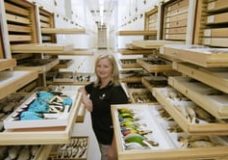
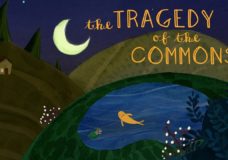

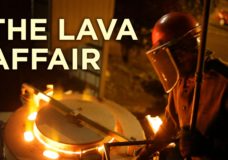


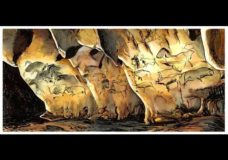
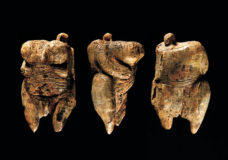

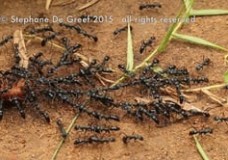


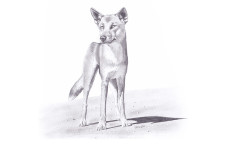

Recent Comments